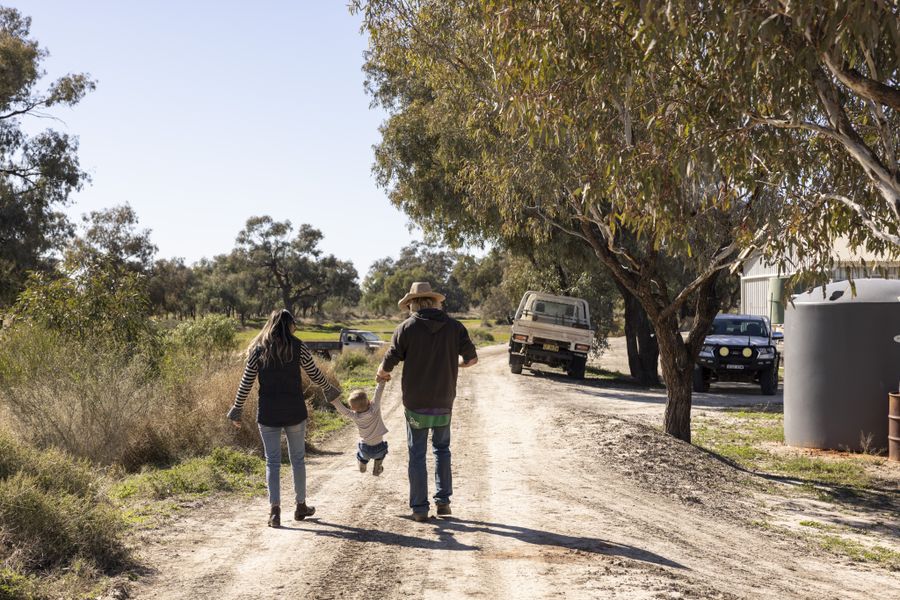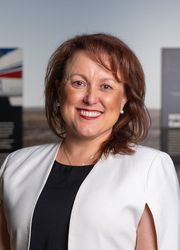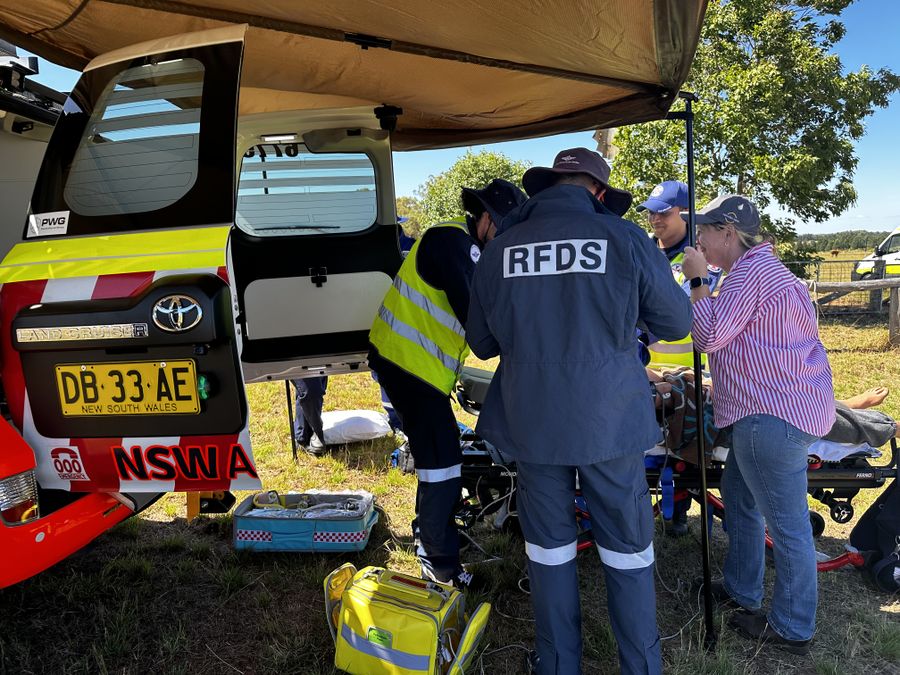
This year marked the 95th anniversary of the first flight of the Royal Flying Doctor Service that flew from Cloncurry to Julia Creek on May 17, 1928.
When the Reverend John Flynn saw his vision for an aeromedical service become a reality, he must have dared consider the role it would play 10, 50 or 100 years into the future. As we near that century of service, it’s fair to say that even Reverend Flynn himself may not have realised the legacy he would leave.
Not only is the RFDS still conducting life-saving retrievals for people who are seriously ill or injured, we now do so much more.

The gap between the health standards of those in capital cities and those in regional areas is growing. People living in remote and very remote areas are overall 4.1 times more likely to die from heart, stroke and vascular disease, as those living in cities. The Flying Doctor has stepped in to focus on providing primary healthcare and address this disparity.
From our bases at Broken Hill and Dubbo our highly skilled doctors, nurses, dentists, mental health clinicians and other specialists fly or drive to remote communities to provide them a full suite of care. In many of these communities the RFDS is the only accessible provider of healthcare.

For some, we will provide their healthcare needs from birth right through until their elder years. They have great trust in us, and we will never take that for granted.
Dr Saranne CookeWe shape our services around our patients and communities, they are the heart of all we do. Consulting with communities about their needs and doing our best to respond to what they tell us is a key approach of the RFDS.

By providing this essential support, we help to underpin the social and economic sustainability of large areas of Australia. An independent economic analysis has found that the RFDS contributes about $100m annually to the economy of NSW, Victoria, Tasmania and the ACT.
Having safe and high-quality healthcare gives families the confidence to remain or relocate to regional and rural Australia. A trend we’ve seen post COVID, and continues to this day with families looking for a different way of life away from our urban centres. This confidence gives businesses the ability to recruit staff and run their operations; and allows communities to maintain the wider social fabric essential to a satisfying quality of life.
So much has changed over the last 95 years as we have moved to meet the needs of outback Australians but one thing that will never change is our commitment to always be there when they need us.

